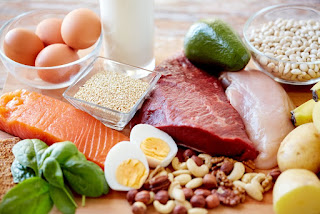LIPIDS: Fats & Oils

LIPIDS q Fats and Oils belong to a group of compounds called lipids q Contains larger proportions of carbon and hydrogen and smaller proportions of oxygen than carbohydrates q More concentrated source of energy providing 2.25 times more energy than carbohydrates and proteins q Lipids of importance for us are – fatty acids, fats, oils, sterols, phospholipids and lipoproteins Classification of Lipids • Classified on the basis of structure q Simple lipids- They constitute more than 98% of food and body fats. It is made up of 3 fatty acids attached to glycerol. They are triglycerides meaning more than 1 type of fatty acid is present in fat, e.g. Cooking oils and butter. q Compound lipids- These are fats in which at least one fatty acid is replaced by carbohydrate, protein or phosphorus, i.e. They are fats + non-fat molecule, e.g. Phospholipids, glycolipids and lipoprotein. q Derived lipids- They are breakdown products of fats and include diglyceride
